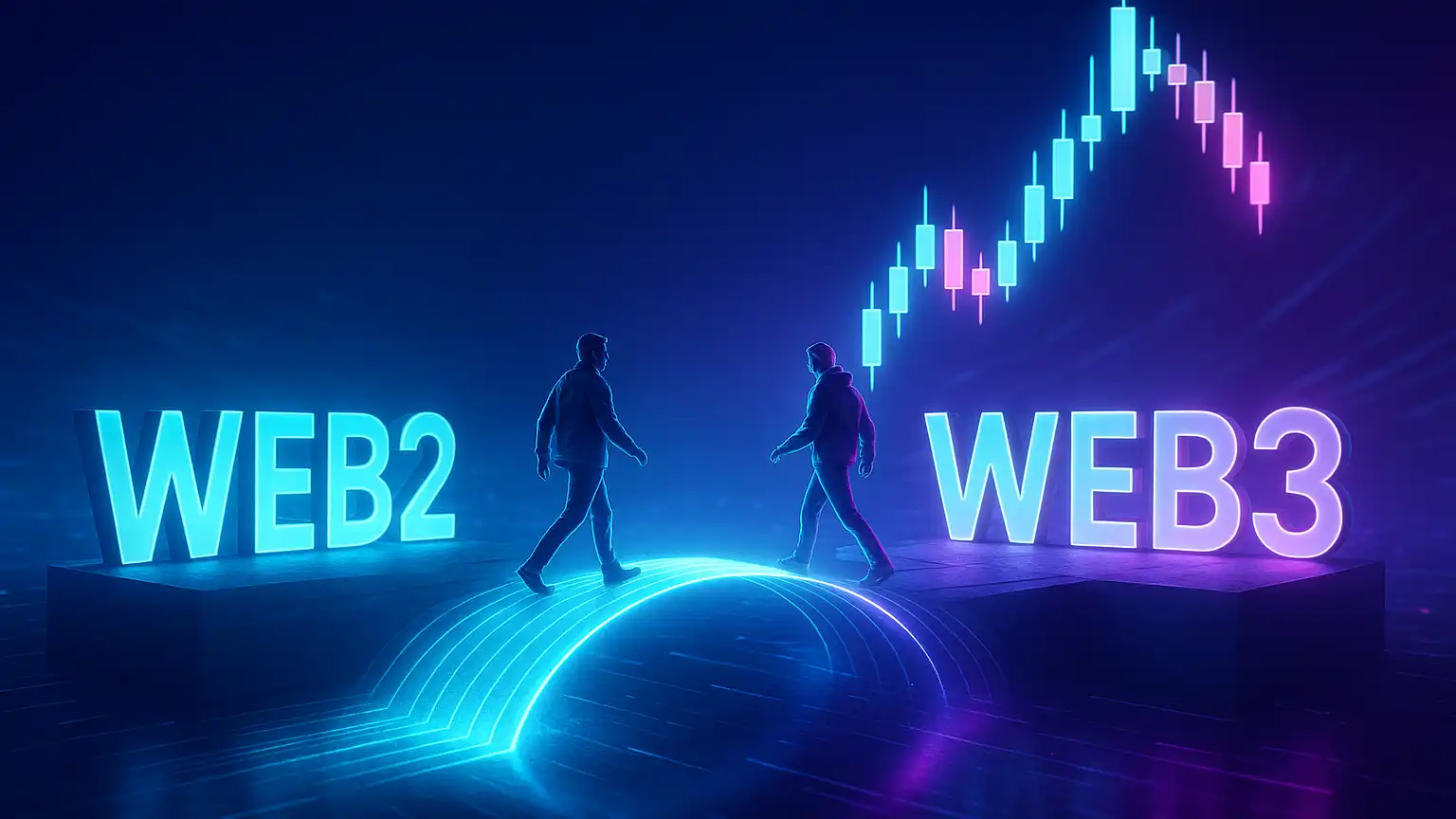Bridging the Gap: Integrating Web2 Infrastructure to Propel Web3 Adoption

20 September 2025
The Evolution from Web2 to Web3: A Paradigm Shift
The internet’s journey from Web1’s static pages to Web2’s interactive platforms has been transformative. Web2 introduced user-generated content, social media, and cloud services, but it also centralized control, leading to concerns over data privacy and platform monopolies. Web3 emerges as a response, aiming to decentralize the internet using blockchain technology, thereby returning data ownership and control to users. This shift promises enhanced security, transparency, and user empowerment, but the transition is complex and multifaceted.
Challenges in Web3 Adoption: The Role of Web2 Infrastructure
Despite its potential, Web3 faces significant hurdles in achieving mass adoption. User experience (UX) in Web3 applications often involves intricate processes like wallet setups and transaction signing, which can deter mainstream users accustomed to the seamless interfaces of Web2. Additionally, scalability issues and regulatory uncertainties further impede widespread acceptance. To overcome these challenges, integrating familiar Web2 infrastructure with Web3 technologies is essential. This hybrid approach leverages the trust and usability of existing systems while gradually introducing decentralized elements, facilitating a smoother transition for users and businesses alike.
Hybrid Models: Merging Web2 and Web3 for Enhanced Functionality
Combining the strengths of Web2 and Web3 has led to the development of hybrid models that balance decentralization with user-friendly experiences. For instance, storing large-scale data off-chain using traditional cloud services while managing access through blockchain-based smart contracts addresses storage cost issues and maintains decentralized control over data access. This method not only enhances efficiency but also ensures data sovereignty, a core tenet of Web3. Such models exemplify how integrating Web2 infrastructure can address Web3’s current limitations, paving the way for broader adoption.
Strategic Integration: A Path to Mainstream Web3 Adoption
For Web3 to achieve mainstream adoption, a strategic integration with Web2 infrastructure is imperative. This approach involves leveraging existing Web2 platforms to introduce Web3 functionalities, thereby building trust and familiarity among users. By demonstrating practical advantages through engagement with Web2 offerings, Web3 developers can bridge the gap between both sectors. This collaborative strategy not only accelerates the adoption process but also ensures a more inclusive and user-centric evolution of the internet.







